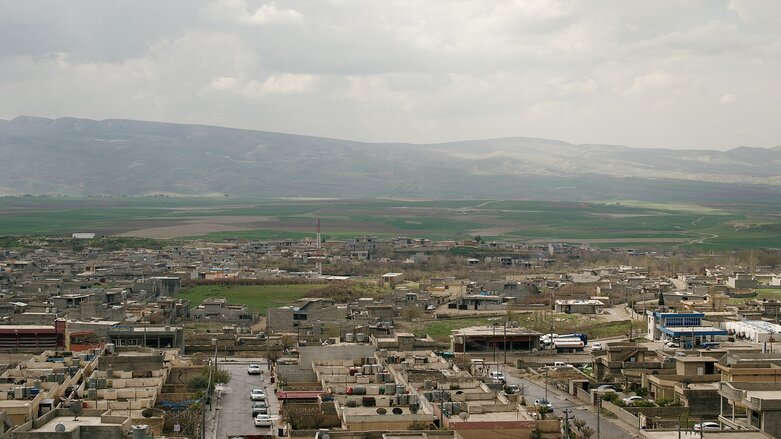Harir, a Kurdish town full of surprises

Connecting parts of Soran to Badinan, Harir is a unique Kurdish town. Located 70 kilometers (43 miles) northeast of the Kurdistan Region’s capital Erbil, Harir sits on the strategic and historic Hamilton Road, built by the eponymous New Zealand civil engineer Archibald Milne Hamilton in 1928-1932, that links Erbil to the Iranian border.
Historians think Harir is one of the most important areas in the Kurdistan Region for several reasons.
“Harir was the point of entry of the US army during the invasion of Iraq in 2003,” said Ali Ahmed, a local historian. “The American 173rd Airborne Brigade landed more than a thousand paratroopers at Harir Airport, built back in 1980. This was significant because it was America’s only option to enter Iraq in the north.”
Harir is also an example of coexistence since it embraces various religions and ethnicities. Muslims and Christians have been living there “like brothers” since 1928, according to Ahmed.
“The head of Assyrian Church in the Middle East, Patriarch Mardnkha, was born in Harir’s Darbandok village,” Ahmed said. “He died in 2015 in Chicago. He was one of the notable people in Harir.”
Other notable people came from Harir, such as Ali Harir, one of the revered poets in classic Kurdish literature. Franso Hariri, a Christian, was a notable politician. His son, Fauzi Hairir, also became famous in politics. The Haidari dynasty belongs to this area. They were revered intellectuals, according to Ahmed.
“Harir is my home where I live in peace with my Muslim brothers,” said Yorgi Hanna, a local Christian. “My ancestors are from here, which is why I cannot leave my root.”
Harir was named a district in 1923. It was once a big city and the capital city of the Soran Kingdom during the Queen Khanzad era (1617-1639). Now, 40,000 families live in Harir.
Harir district has 26 villages, and 26 public offices operate in the area.
This significant town, also known as the Plain of Harir and Batas, is a rich water source for irrigation in the area. Bani Harir Mountain provides much of the water with its springs, rain, and snow. On the top of the mountain is the ancient castle of Queen Khanzad, dating back to the 17th century.
Harir has also been an industrial spot. In 1979, it had big factories for producing food cans, tomato paste, and tapestry.
“Unfortunately, those factories were closed a long time ago,” said Shwan Khalid, a local trader. “They were reopened last year, and that is a great thing for people as they provided good job opportunities. I wished they were reopened much sooner.”
Harir has been under attack several times by Iraqi regimes. In 2006, a team from the Kurdistan Regional Government’s ministry of human rights unearthed a mass grave in Harir where they found the bodies of 37 Assyrians. In 1978, the Iraqi regime established a concentration camp in Harir for more than 300 Barzani families.
